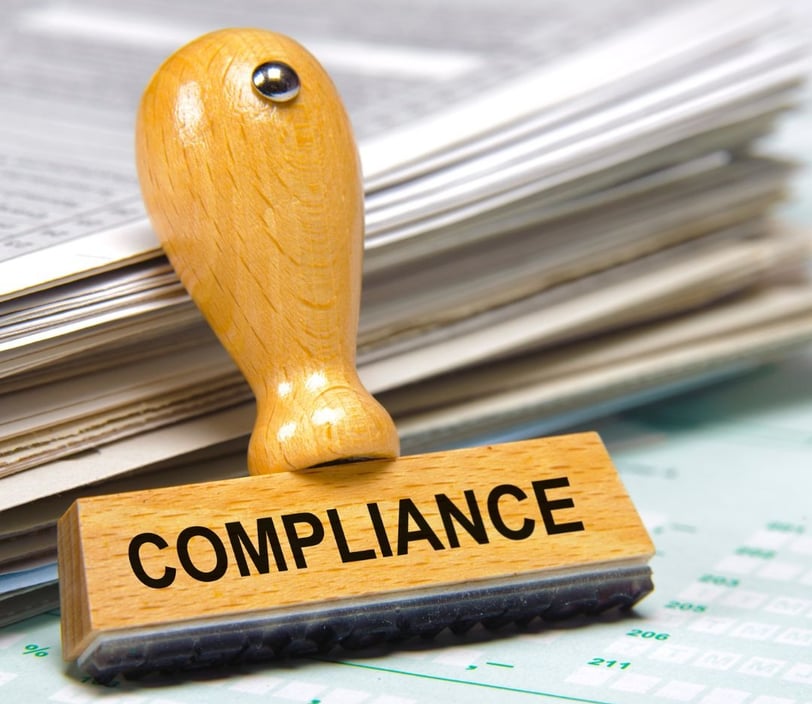Anti-Money Laundering (AML) and Counter-Financing of Terrorism (CFT) Strategy for Your Business
Anti-Money Laundering (AML) and Counter-Financing of Terrorism (CFT) Strategy for Your Business
4/1/20242 min read


Anti-Money Laundering (AML) and Counter-Financing of Terrorism (CFT) Strategy for Your Business
In today's global business environment, the threats of money laundering and terrorism financing are more prevalent and sophisticated than ever. As these risks evolve, so does the need for comprehensive and effective Anti-Money Laundering (AML) and Counter-Financing of Terrorism (CFT) frameworks within businesses. Establishing a robust AML/CFT program is not just a regulatory requirement; it's a critical component of a company's risk management strategy. This guide outlines the essential steps businesses can take to develop and implement an effective AML/CFT framework.
Understand the Legal Requirements
The first step in establishing an AML/CFT framework is to understand the legal and regulatory requirements applicable to your business. These laws vary by country and industry, but they generally outline the obligations businesses have in identifying, monitoring, and reporting suspicious activities. Familiarize yourself with the Financial Action Task Force (FATF) recommendations, as they are recognized internationally and form the basis of AML/CFT efforts globally.
Conduct a Risk Assessment
A comprehensive risk assessment forms the backbone of any effective AML/CFT program. Businesses must identify and evaluate their exposure to money laundering and terrorist financing risks, considering factors such as customer base, products and services offered, and the geographic locations in which they operate. This assessment will guide the development of policies, controls, and procedures tailored to mitigate identified risks.
Develop Policies, Controls, and Procedures
Based on the risk assessment, develop clear and enforceable policies, controls, and procedures designed to prevent, detect, and report suspicious activities. These should include customer due diligence (CDD) measures, ongoing monitoring practices, and guidelines for reporting suspicious transactions. Ensure that these policies are comprehensive and aligned with regulatory requirements and best practices.
Implement a Compliance Program
An effective AML/CFT framework requires a robust compliance program, including the appointment of a compliance officer with sufficient authority and resources to oversee the program. This program should encompass training for all relevant employees to recognize and handle suspicious transactions appropriately. Regular audits and reviews of the AML/CFT program are also essential to ensure its effectiveness and compliance with changing laws and regulations.
Leverage Technology
Advancements in technology can significantly enhance the effectiveness of your AML/CFT efforts. Consider implementing software solutions for monitoring transactions, conducting due diligence, and reporting suspicious activities. These technologies can improve efficiency, reduce human error, and help in identifying complex laundering schemes.
Foster a Culture of Compliance
Creating a culture of compliance within your organization is crucial. This involves not only adhering to legal requirements but also fostering an ethical environment where employees understand the importance of AML/CFT measures and are committed to implementing them. Regular training and communication can reinforce this culture and ensure that AML/CFT practices are integrated into daily operations.
Engage in Continuous Improvement
AML/CFT frameworks are not static; they require ongoing evaluation and adjustment to remain effective. Stay informed about new threats, legal developments, and best practices. Regularly review and update your risk assessment, policies, and procedures to reflect changes in the risk environment or business operations.
Conclusion
Establishing an effective AML/CFT framework is a dynamic and continuous process that is essential for protecting your business from financial crimes and regulatory penalties. By understanding legal requirements, conducting thorough risk assessments, developing robust policies, leveraging technology, and fostering a culture of compliance, businesses can create a strong defense against money laundering and terrorism financing activities. Remember, an effective AML/CFT program not only meets regulatory expectations but also supports a secure and ethical business environment.
